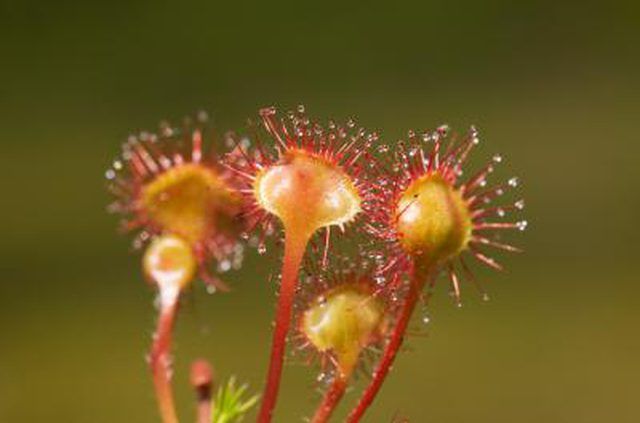Bulbs
Flower Basics
Flower Beds & Specialty Gardens
Flower Garden
Garden Furniture
Garden Gnomes
Garden Seeds
Garden Sheds
Garden Statues
Garden Tools & Supplies
Gardening Basics
Green & Organic
Groundcovers & Vines
Growing Annuals
Growing Basil
Growing Beans
Growing Berries
Growing Blueberries
Growing Cactus
Growing Corn
Growing Cotton
Growing Edibles
Growing Flowers
Growing Garlic
Growing Grapes
Growing Grass
Growing Herbs
Growing Jasmine
Growing Mint
Growing Mushrooms
Orchids
Growing Peanuts
Growing Perennials
Growing Plants
Growing Rosemary
Growing Roses
Growing Strawberries
Growing Sunflowers
Growing Thyme
Growing Tomatoes
Growing Tulips
Growing Vegetables
Herb Basics
Herb Garden
Indoor Growing
Landscaping Basics
Landscaping Patios
Landscaping Plants
Landscaping Shrubs
Landscaping Trees
Landscaping Walks & Pathways
Lawn Basics
Lawn Maintenance
Lawn Mowers
Lawn Ornaments
Lawn Planting
Lawn Tools
Outdoor Growing
Overall Landscape Planning
Pests, Weeds & Problems
Plant Basics
Rock Garden
Rose Garden
Shrubs
Soil
Specialty Gardens
Trees
Vegetable Garden
Yard Maintenance
Facts About the Sundew Plant
Facts About the Sundew Plant. Sundews are beautiful, carnivorous plants that eat insects. Carnivorous plants are usually found in one or two regions, but the approximately 130 species of sundew plants grow all over the world.
Sundews are beautiful, carnivorous plants that eat insects. Carnivorous plants are usually found in one or two regions, but the approximately 130 species of sundew plants grow all over the world.
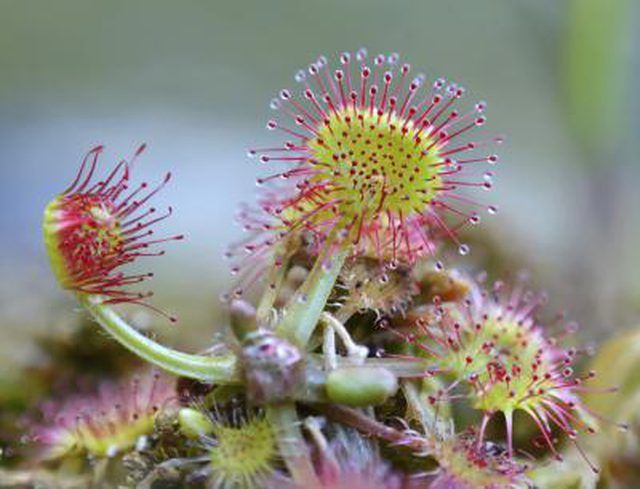
The name "sundew" is derived from a gel on the plant's tentacles that glistens in the sunlight. The flowers of sundews range from white, to pink, to brilliant red, purple, or orange. The long sundew stem holds the flowers above the leaves so they will attract pollinators.
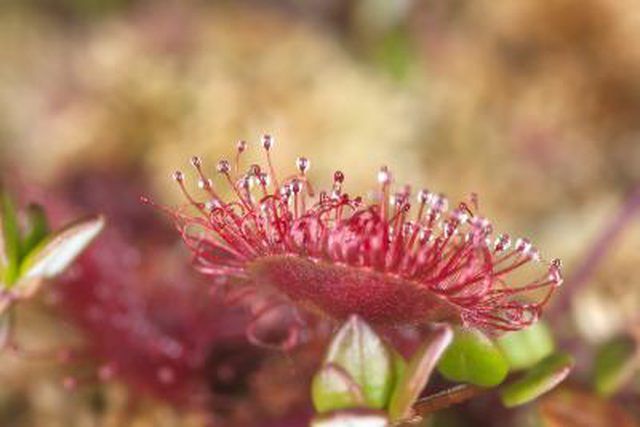
Perennial sundews usually dwell in tropical areas. They grow leaves year-round and live for more than two years. Another type of sundew is considered an annual plant, because its seeds develop into new plants for the following year.
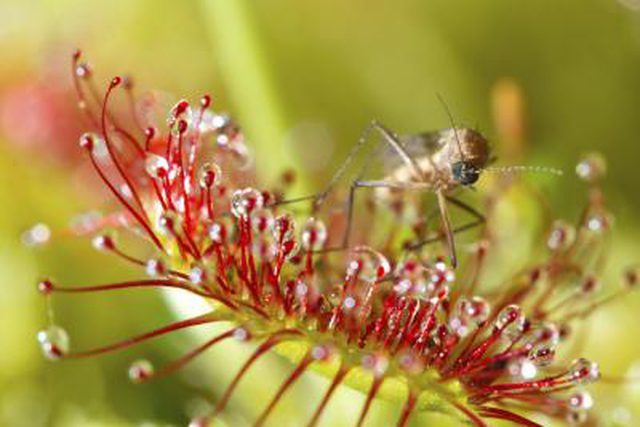
Sundews ooze a sticky gel on the ends of fine hairs that hold down an insect, making escape impossible. Sundews eat flies, midges and fruit flies; the larger sundews also eat butterflies, moths, mosquitoes and spiders. The gel acts like an acid to dissolve the internal organs of the insects, turning them into a liquid that the plant can use to feed itself.
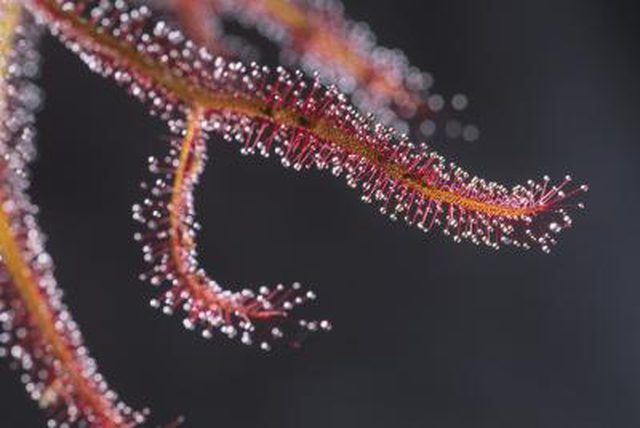
When sundews don't capture insects, the flowers self-pollinate. Sundews produce large amounts of tiny black seeds that germinate with moisture and light. Seeds of the tuberous species of sundew require a hot, dry summer followed by a cool, most winter to germinate.
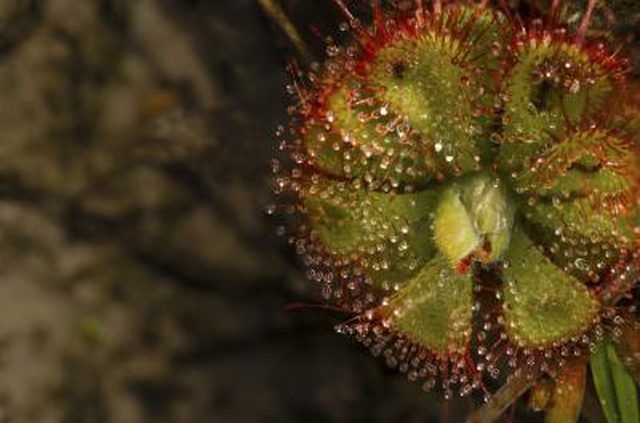
Most sundews are perennials, but to stay healthy they need a winter rest of 4 to 5 months at temperatures of 38 to 45 degrees F. Portions of the sundew will die back to a rootball, and revive in the spring.
